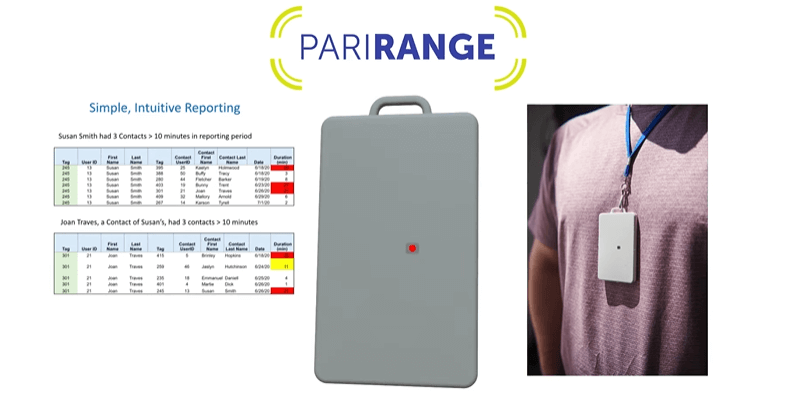What used to take days now takes less than one minute
To say Milwaukee-based Sellars Absorbent Materials, Inc., has had to pivot because of COVID is an understatement. The family-owned company is a leading manufacturer of shop towels, disposable wipers, towel and tissue and absorbents that are made with recycled fibers. Their products can be found in major big box retailers as well as many janitorial/sanitary maintenance, industrial, safety, and specialty distributors in North America and Europe.
When the COVID pandemic hit, Sellars had to quickly adapt to a sharp spike in demand for their products, while at the same time remaining on the forefront of employee health and safety. In April 2020, employees started wearing masks. Soon after, their temperatures were checked and cell phones cleaned upon arrival for each shift. Then came weekly COVID tests at National Guard sites. Plexiglas dividers were installed. Educational sessions helped employees become more aware of social distancing.
But when an asymptomatic employee tested positive for COVID in August, Sellars realized they did not have anything in place that could easily identify close contacts. Their policy at the time had been to shut down an entire line for quarantine if they could not obtain accurate information on close contacts, said Linda Swearingen, EHS Manager for Sellars. However, this particular employee had worked three 12-hour shifts between taking the COVID test and getting the results. The only way to understand the landscape of close contacts was to refer to their security cameras.
“Myself, the plant manager, and the production manager had to review video footage of the employee over three 12-hour shifts in order to document every person he talked to and how long they were in close contact,” Swearingen said. “Let’s just say it was not the best use of our time.”
Luckily, Sellars was in the process of purchasing and implementing EmbedTek’s proximity monitoring system, PariRange™, so this scenario would not repeat itself. Employees wear the PariRange device on a lanyard, in their pocket, or on their belt loop. As they perform their job duties, they receive a vibration alert if they come within 6 feet of another employee wearing the PariRange device. The close contact is tracked on the device with date, duration of contact, and the device that the employee came into contact with.
“With PariRange, we are able to get the information immediately,” Swearingen said. “If someone tests positive, we can pull up a report of close contacts right away and take immediate action.”
PariRange uses Ultra-wideband technology to accurately measure distance and it is a peer-to-peer technology, so no infrastructure is needed, not GPS, WiFi, or Bluetooth is being used. Companies can be up and running with PariRange in less than one day.
Since the implementation of PariRange, new CDC guidelines were announced redefining close contact as being within 6 feet of an infected person for a total of 15 minutes over the course of 24 hours. More guidelines from municipalities continue to emerge as states battles increasing positivity rates. But wearable technology like PariRange is already equipped to have the data companies like Sellars need.
“This data is so important,” Swearingen said.
Sellars is now looking beyond contact tracing to leverage data collected on PariRange devices proactively. They are using it to take a deeper dive into workplace design by reviewing how often employees are working in close contact throughout a given shift or week.
“We want to know what we can do as a company to encourage social distancing, and we can make decisions by reviewing the close contact data collected by PariRange,” Swearingen said. “If we can change the direction a conveyor is going in order to space employees out, we can help protect employees from COVID and any other virus moving through the facility.”


